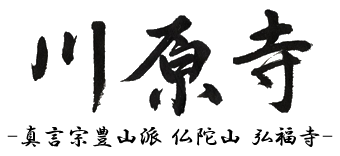Gufukuji Temple, Buddha San, Shingon Sect, Buzan School
(at the remains of Kawaharadera Temple)
A joy to imagine, or a joy to be free of thoughts, which do you choose?
The temple just makes us remind of the early Japan of 1,400 years ago (the Asuka period) and also tells us about a 1,200-year-old prayer of the Heian period.
This is the place where you can touch, feel and appreciate the atmosphere of the ancient Asuka region, the spiritual home of Japan.
The temple has so many historic episodes and your imagination and experiences there can make the small but great temple even greater.


